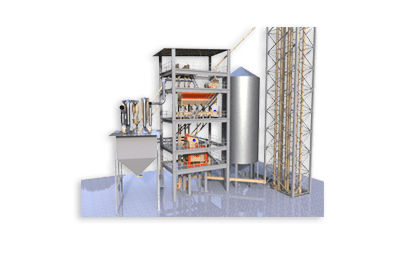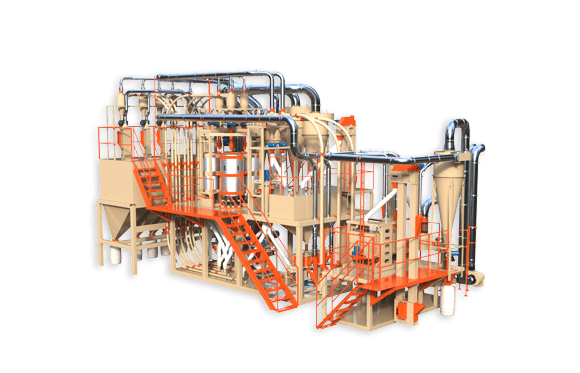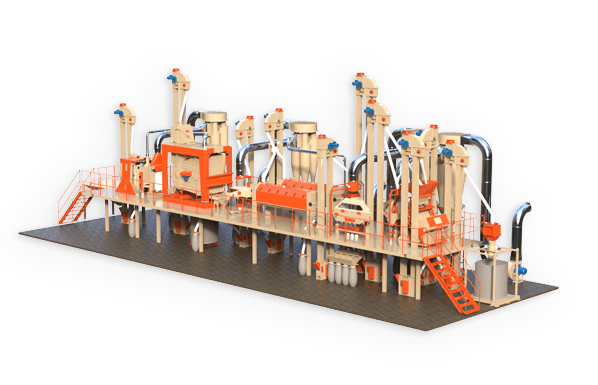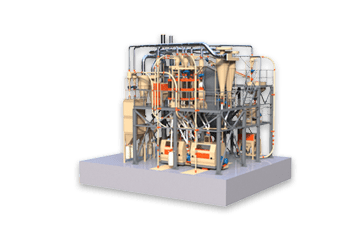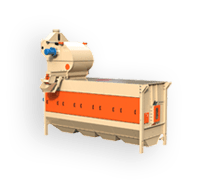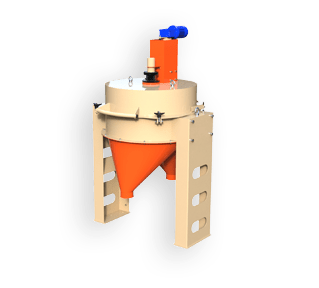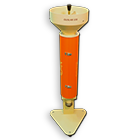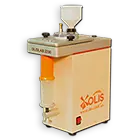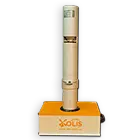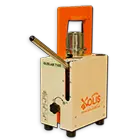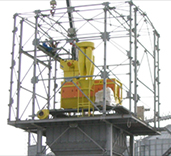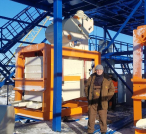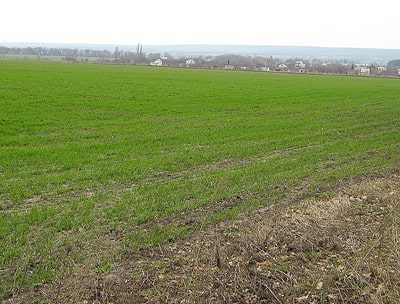How to grow a good harvest of winter crops?
To achieve good results, many requirements must be met. These include optimal sowing times, ensuring agrometeorological conditions, and other issues.
It is very important to sow winter crops on time. Seeds sown too late do not have time to harden and strengthen, create a powerful root system and accumulate the required amount of vital hydrocarbons. Without this, winter plants will not have time to bloom well, will be weakened and underdeveloped and may simply not survive the winter.
Winter crops need to be sown after their spring predecessors (usually sunflower), and problems also arise with the timing of their harvesting, because after this the soil needs to be prepared for planting.
Another reason why weak winter seedlings do not have time to recover during the spring growing season and produce a good harvest is lack of moisture. At later sowing dates, the soil becomes dry, and the moisture provided by the autumn rains disappears.
The length of the day is also shortening, the number of sunny days is decreasing, and the temperature is dropping. If you miss the period when there is a sufficient amount of moisture in the soil, you will have to either sow in dry soil or wait until the rainy season begins.
The following favorable conditions can be identified for the process of planting winter crops during the sowing-emergence period:
- productive moisture reserve in the top layer of soil is 23-48 mm;
- average air temperature 14-21 °C;
- the duration of this period is no more than 5-8 days;
- sufficient illumination;
- presence of optimal amount of precipitation.
Hardening and vegetation of winter crops
A very important element in growing winter crops and the appearance of early seedlings is plant hardening. Usually it takes place in two stages. The duration of the first is approximately two weeks. The best temperature for it is +8-10 °C during the day and down to zero at night. If all conditions are met, the plant can withstand winter temperatures down to -12 °C.
During the second stage, the temperature drops from zero to -5 °C. At this time, the presence of intense daylight is very important, as the concentration of cell sap increases. It accumulates in tillering nodes, as well as in leaf sheaths. Water retreats from the cytoplasm of cells and concentrates in the intercellular space.
If all terms and parameters are successfully met, the plants will be able to withstand winter frosts down to -20 °C.
In spring, the growing season of plants begins. At this time, underdeveloped and weak shoots that do not have time to form a sufficiently powerful root system and start the process of producing stems may simply die. At best, they will produce weak, non-viable seedlings, unable to grow into full-fledged plants that produce a harvest.
At this time, it is extremely necessary to fertilize the plants. Microelements such as nitrogen and phosphorus are especially important for them. Here it is necessary to take into account the following factor: when it gets warmer, the leaves begin to form and grow earlier than the roots, which are located in the unthawed soil.
Based on this fact, fertilizers during this period should not be applied to the soil, but in the form of foliar feeding. Then the root system will receive the necessary fertilizers indirectly, through the leaves, and this will be more effective than directly feeding the root system.


